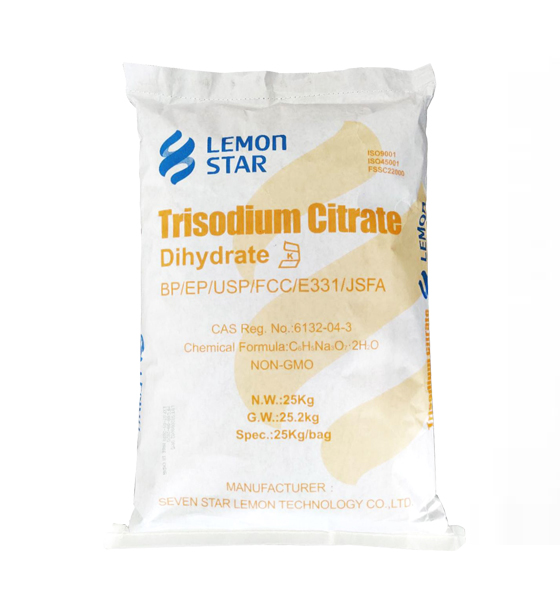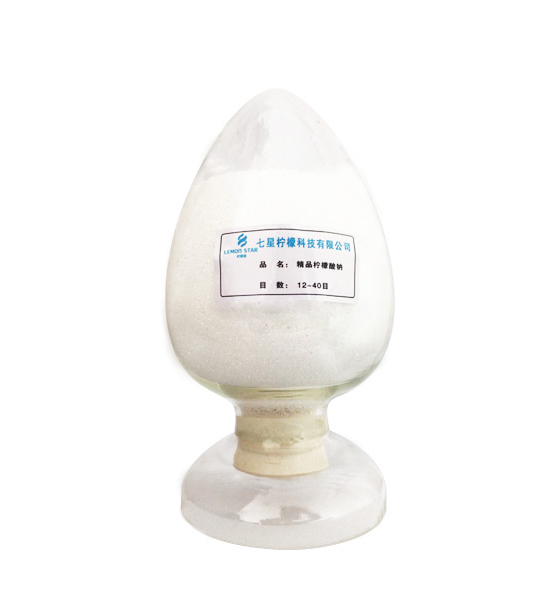b

Thank You!
Your requirement has been sent, we will contact you quickly!
Sent Failed!
Try again!
Sodium citrate


Molecular formula:C6H5Na3O7·2H2O
Character:Colorless or white crystalline particles or powder.
Executive Standard:GB1886.25-2016
The main purpose:Used as flavoring agent, stabilizer, buffering agent, chelating agent, nutritional supplement, emulsifier, flavoring agent of buttermilk in the food and beverage industry; used as anti-coagulation, phlegm and diuretic in hospital industry In the detergent industry, it can replace sodium tripolyphosphate as an auxiliary agent for non-toxic detergents; it is also used in brewing, injection, photographic drugs and electroplating.
Store:Store in a dry, ventilated, non-polluting environment, avoid direct sunlight, and not easy to stack in the open. It should be used as soon as possible after opening, otherwise it will be prone to biochemical agglomeration.

